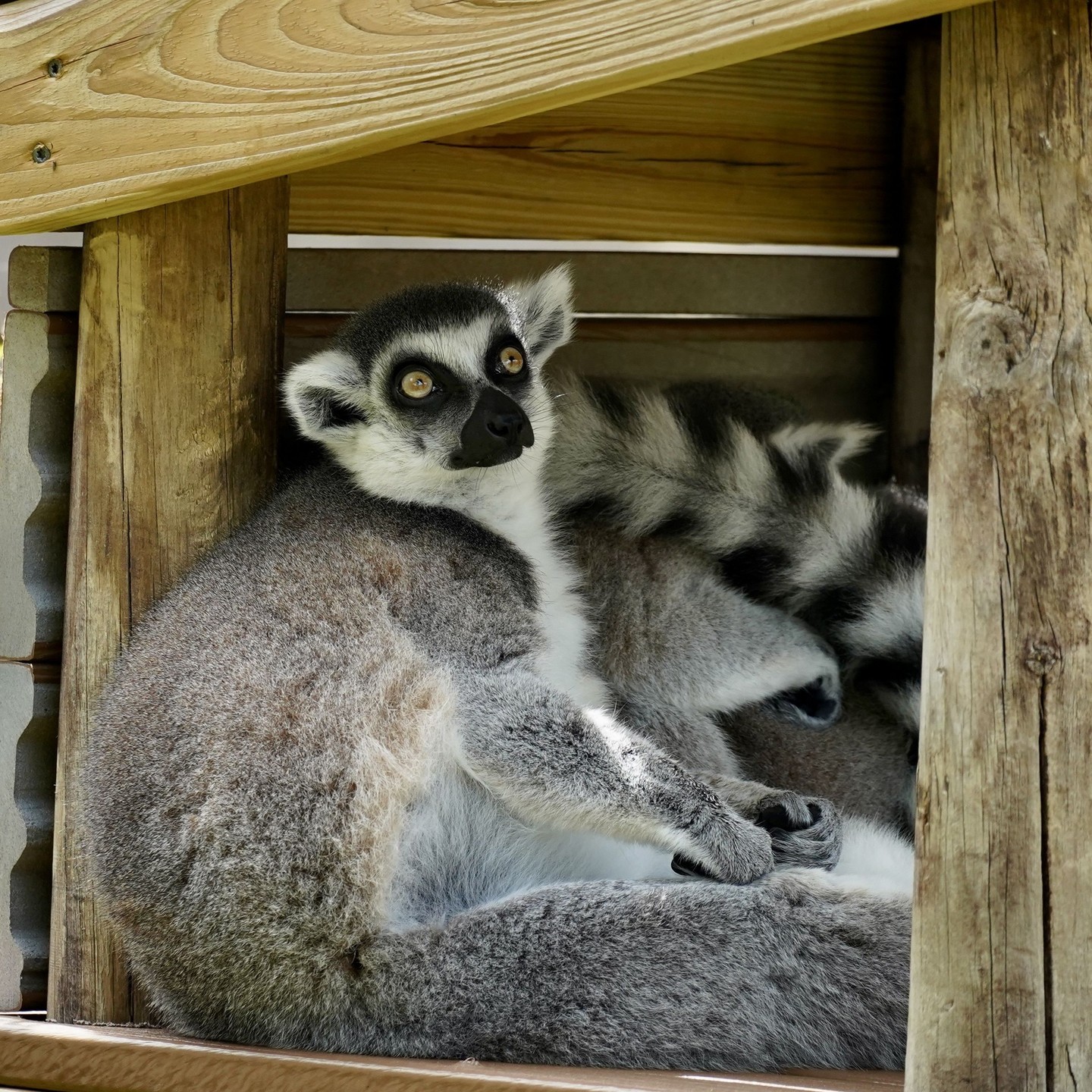- Diversity and Characteristics of Lemurs
- Habitat and Adaptations
- Behavioral Patterns and Social Structures
- Conservation Status and Challenges
- Human Impact and Conservation Efforts
Lemurs, unique primates native to Madagascar, present a fascinating array of diversity and adaptation. With 112 recognized species, these animals demonstrate a remarkable range of physical and behavioral characteristics. From the agile and petite Mouse Lemur to the grand Indri, lemurs vary in size, color, and lifestyle. Notably, the ring-tailed lemur’s distinctive black and white tail is an emblematic feature. Spending approximately 40 percent of their time on the ground, ring-tailed lemurs defy the typical tree-dwelling behavior associated with most other lemur species. This behavioral flexibility is one of the many reasons lemurs are exceptional animals worthy of study and preservation.
Lemurs are exclusively found in Madagascar, an island with unique ecological features that have shaped their evolution. The island’s environments range from dense rainforests to desert-like settings, each hosting different lemur species. This geographical isolation has led to adaptation and diversification among lemur populations. For instance, the Sifaka, known for its impressive leaping abilities, inhabits Madagascar’s dry forests. Lemurs have developed feeding habits that match their specific habitats; some are frugivorous, while others might depend on leaves, flowers, or even insects. The ability to bask in the sun is crucial for thermoregulation, especially among diurnal species like the ring-tailed lemur and certain Sifakas.
Their social dynamics are equally captivating. Many lemur species exhibit complex social structures, forming groups known affectionately as "cuddle puddles." These gatherings are not only a source of warmth but also foster social bonds within the troop. Among ring-tailed lemurs, the social hierarchy is often matriarchal, with females typically at the helm. Communication among lemurs involves vocalizations, scents, and visual signals, facilitating interactions within their social groups. Observing these behaviors provides valuable insights into the social life of these animals and how they interact with their environment.
Lemurs are not just subjects for curiosity; they are also emblematic of the broader challenges faced by Madagascar’s ecosystems. Many lemur species are threatened or endangered due to habitat destruction, primarily driven by deforestation and human encroachment. Slash-and-burn agriculture, illegal logging, and mining have led to severe habitat fragmentation. As the natural landscape diminishes, lemurs are forced into increasingly smaller areas, putting pressure on their survival. The lemur conservation status calls for immediate and sustained attention, highlighting the need for protection and restoration of their natural habitats.
Human activities have left significant impacts on lemur populations. However, efforts are underway to mitigate these effects. Conservation initiatives focus on habitat preservation, sustainable agriculture practices, and community education. Organizations such as the Lemur Conservation Foundation and the Madagascar Biodiversity Fund implementing programs that aim to restore habitats and promote awareness about the importance of preserving lemur species. Ecotourism also plays a critical role, offering an economic incentive to maintain natural habitats. By fostering a connection between local communities and their natural environment, these conservation efforts aim to sustain both human and lemur populations.
Lemurs, with their unique characteristics and adaptive behaviors, are vital to understanding Madagascar’s ecological tapestry. Their distinct ability to bask in the sun and form cuddle puddles adds to their charm; yet, these animals face numerous survival challenges. The ongoing conservation initiatives providing hope that future generations can continue to enjoy and learn from these remarkable creatures. Through dedicated research, advocacy, and action, the lemur’s enduring presence in Madagascar’s forests remains a possibility.
*****
Source Description
What animal loves to bask in the sun, knows how to make a cuddle puddle, and is found only in Madagascar? 🤔
If you answered the lemur, you’re right! ✅️
With an estimated 112 species, lemurs come in all shapes and sizes. Ring-tailed lemurs are named for the 13 alternating black and white bands that adorn their tails. Unlike most other lemurs, ringtails spend 40 percent of their time on the ground.


